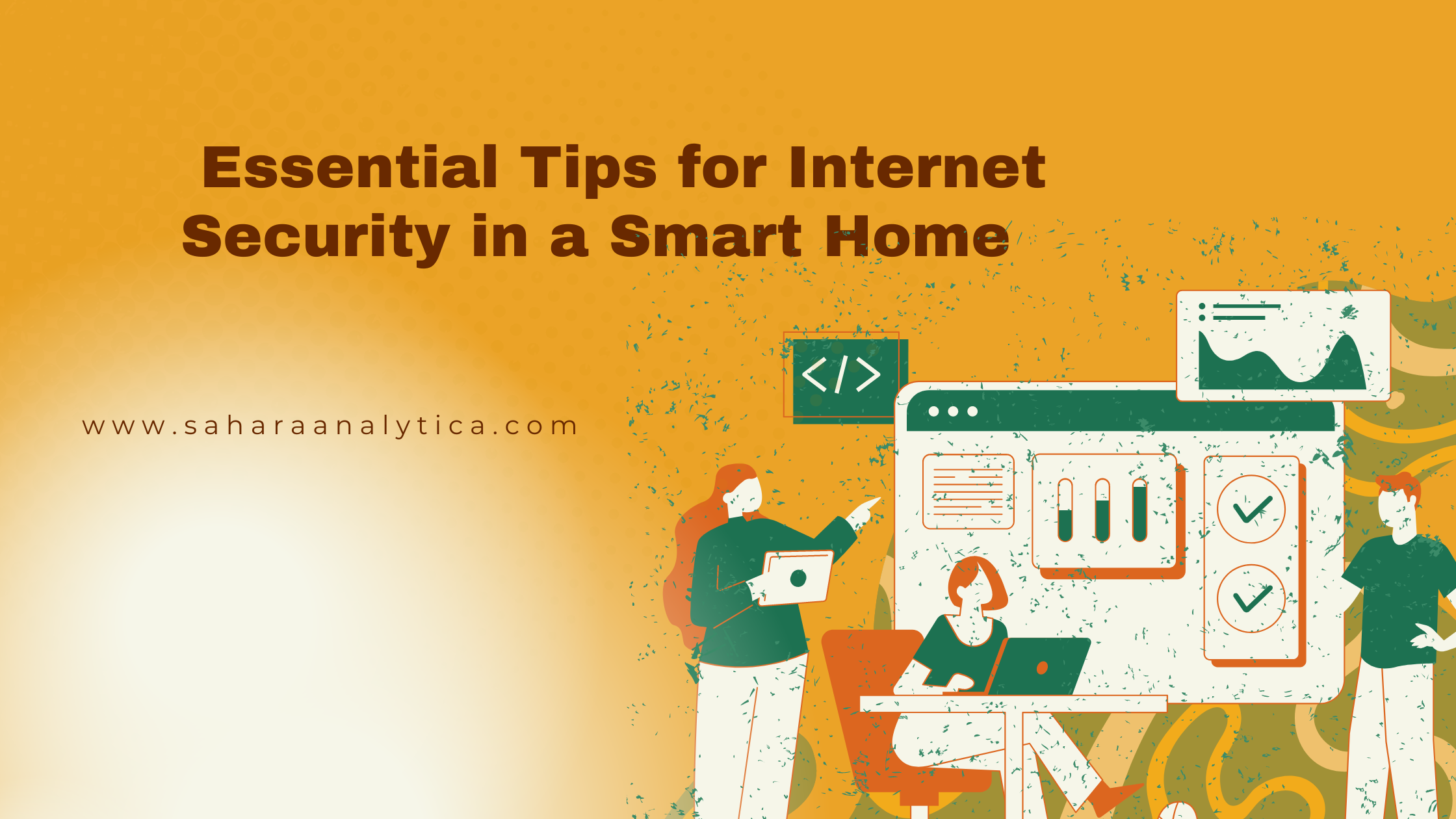In an increasingly connected world, the proliferation of smart devices has transformed the way we interact with our homes. From thermostats and door locks to cameras and speakers, smart home technology offers convenience, efficiency, and peace of mind. However, with these benefits come potential risks, as internet-connected devices can be vulnerable to cyber threats and security breaches. In this blog post, we’ll explore essential tips for securing your smart house on the internet, ensuring that your home remains safe and protected in the digital age.
1. Secure Your Wi-Fi Network: The foundation of a secure smart home starts with a robust Wi-Fi network. Begin by changing the default username and password of your router to a strong, unique combination. Enable WPA2 or WPA3 encryption, and consider hiding your network name (SSID) to make it less visible to potential attackers. Regularly update your router’s firmware to patch known vulnerabilities and strengthen security.
2. Keep Devices and Software Updated: Regularly update the firmware and software of your smart devices to ensure they are equipped with the latest security patches and bug fixes. Many manufacturers release updates to address vulnerabilities and enhance security features. Enable automatic updates whenever possible to streamline the process and minimize the risk of exploitation by cybercriminals.
3. Use Strong, Unique Passwords: Avoid using default or easily guessable passwords for your smart devices and accounts. Instead, create strong, unique passwords for each device and service, using a combination of letters, numbers, and special characters. Consider using a password manager to securely store and manage your passwords, reducing the risk of password-related security breaches.
4. Implement Network Segmentation: Segment your smart devices onto separate network segments to isolate them from your primary network and sensitive devices such as computers and smartphones. This can help contain potential security breaches and limit the impact of compromised devices on the rest of your network. Many modern routers offer features for creating guest networks or VLANs for this purpose.
5. Enable Two-Factor Authentication (2FA): Enable two-factor authentication (2FA) whenever possible to add an extra layer of security to your smart home accounts and devices. 2FA requires users to provide a secondary verification method, such as a text message code or authentication app, in addition to their password. This significantly reduces the risk of unauthorized access, even if passwords are compromised.
6. Secure Your Smart Home Hub: If your smart home relies on a central hub or controller, ensure it is adequately secured against potential attacks. Change the default login credentials, keep the firmware updated, and regularly review the connected devices and permissions to identify any unauthorized access or suspicious activity.
7. Monitor Network Traffic and Activity: Use network monitoring tools or smart home security solutions to monitor network traffic and device activity for signs of anomalous behavior or potential security threats. Look out for unusual data transfers, unauthorized access attempts, or unexpected device behavior, and take prompt action to investigate and address any issues.
Conclusion: In conclusion, securing your smart home on the internet is essential to protect your privacy, safety, and personal data from cyber threats and malicious actors. By following these essential tips, including securing your Wi-Fi network, keeping devices and software updated, using strong passwords, implementing network segmentation, enabling two-factor authentication, securing your smart home hub, and monitoring network traffic and activity, you can create a safe and secure environment for your smart home devices and enjoy the benefits of connected living with confidence and peace of mind.
